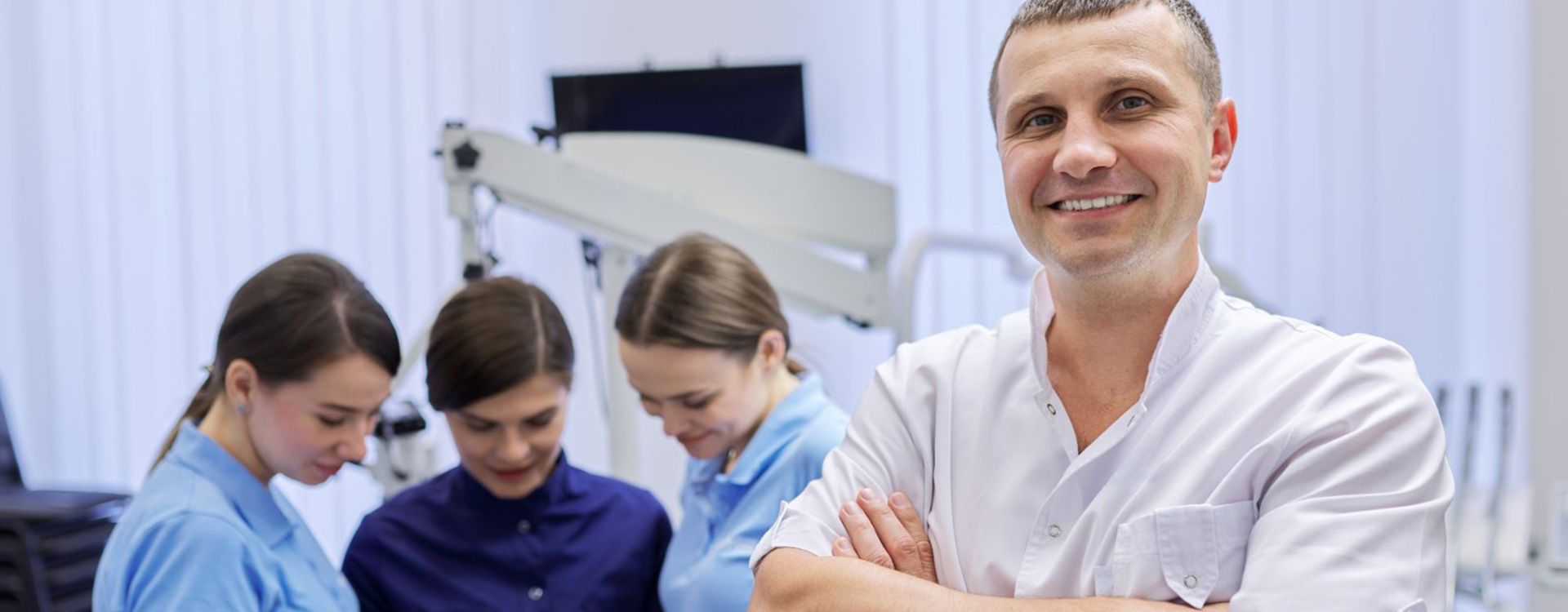
What are the post-curing procedures of the formed sample parts?
1. In order to ensure that the sample does not produce large light-curing deformation and that thermal deformation in the curing process does not affect its dimensional precision, most types of sample parts must be put into water curing. Some types of sample parts are placed in a transparent glass beaker with a certain amount of water, the net amount of water, to at least submerge the sample parts. The sample parts must be placed in the water, not floating on the surface.
2. Place the glass beaker with the sample pieces in the center of the load tray and close the box door. Press the rear of the curing machine to start the switch. Adjust the curing time by adjusting the knob (adjusting the knob for about 1 minute per frame). The knob automatically returns to zero after curing is complete and is accompanied by a beep. For the specific curing time and curing conditions of various materials, please ask the after-sales personnel for information. In principle, the post-curing time of the product should be 5 to 15 minutes.
3. After the end of post-curing, the curing machine will be turned off automatically. Open the door of the curing machine, remove the sample, and use the air compressor gun to dry the surface.
4. The post-curing molding samples are needed to be stored away from light sources, heat sources, fire sources, and vibration sources. It is recommended that the ambient temperature and humidity maintain the normal room temperature and humidity range.
How do I clean the parts?
1. When performing ultrasonic cleaning, it is necessary to inject a certain amount of water into the instrument. The injection volume should be two-thirds of the total volume of the instrument cavity (please strictly follow the instrument manual when adding water).
2. Take out two glass beakers labeled A and B, pour a certain amount of alcohol into each beaker, with the alcohol level covering at least the sample part.
3. Connect the power cord of the ultrasonic cleaning machine, turn on the power switch on the left side, click the "Time" button on the right side, and set the time to 90 seconds.
4. Place the sample in beaker A. If there is not enough alcohol, add an appropriate amount of the sample. Put beaker A into the cavity of the cleaning machine, ensuring that the water in beaker A will not spill out after entering the ultrasonic cleaning machine. Then, ultrasonically clean for 90 seconds. The ultrasonic cleaning machine will automatically stop after the cleaning is complete.
5. Take out the extraction filter, remove the sample part along with the filter, carefully take out the sample part inside the filter using tweezers or gloves, pour the dry alcohol on the surface of the filter into clean alcohol in beaker B (along with the extraction filter). The amount of alcohol should be the same as in beaker A. Put beaker B into the cleaning machine cavity, set the ultrasonic cleaning time to 90 seconds, and start ultrasonic cleaning.
6. After ultrasonic cleaning is complete, take out the extraction filter, carefully remove the sample, blow-dry the residual alcohol on the surface of the sample with an air compressor gun, and check if there is any resin residue in fine areas (areas with resin residue are more noticeable when immersed in water). If there is any, rinse the areas with residual resin using an alcohol spray bottle, and dry after cleaning.
What are the shoveling method and precautions?
1. Place a clean sheet of soft paper on the build platform, and position the platform on the paper.
2. Wear protective gloves, grasp the handle of the scraper, gently scrape a small opening from one corner of the sample, and then use the scraper to pry open the sample with a certain amount of force.
3. After removing the sample, promptly clean any residues on the platform with the scraper, then place the platform into the printer platform slot and tighten it.
4. Due to the sharpness of the scraper, be careful when using it. It is strictly prohibited to point the scraper towards the operator's hands or other parts of the body. Please handle the scraper and other accessories properly to avoid accidents and injuries.